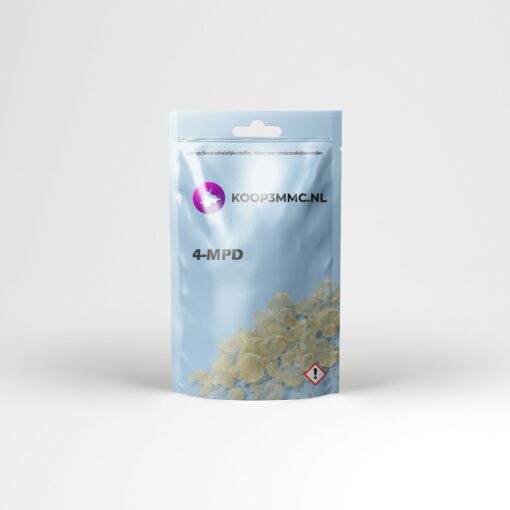Information
Cathinones: An In-Depth Exploration of Research Chemicals
What are Cathinones?
Cathinones are a class of substances chemically related to amphetamines. They are often referred to as "beta-keto-amphetamines" because of their structural similarity to this group of stimulants. Cathinones occur naturally in the leaves of the khat plant (Catha edulis), traditionally chewed in some East African and Arab cultures for their mild stimulant effects. However, in recent years, synthetic variants of cathinones have entered the market as designer drugs, often sold as "research chemicals“.
Chemical Structure and Variations
Cathinones have a core structure consisting of a phenylethylamine skeleton with a ketone group at the beta position. This structure can be modified to create different compounds, each of which can have unique pharmacological properties. Well-known synthetic cathinones include mefedron (4-MMC), MDPV (Methylenedioxypyrovalerone), and α-PVP (Alpha-Pyrrolidinopentiophenone).
Examples of Synthetic Cathinones
- Mefedron (4-MMC):
- Known for its euphoric and stimulating effects.
- Compared to MDMA because of its social and empathogenic properties.
- MDPV (Methylenedioxypyrovalerone):
- Very powerful stimulant effect.
- Used for its effect on dopamine and norepinephrine reuptake.
- α-PVP (Alpha-Pyrrolidinopentiophenone):
- Often referred to as "flakka".
- Known for its intense stimulant and sometimes psychoactive effects.
Mechanism of action
Cathinones work mainly by blocking the reuptake of monoamines (dopamine, norepinephrine, and serotonin) in the brain. This leads to increased levels of these neurotransmitters in the synaptic cleft, resulting in the stimulating and euphoric effects users experience. Different cathinones may have different affinities and selectivity for these transporters, leading to variations in their effects and side effects.
Uses and Effects
Synthetic cathinones are often used for their stimulant, euphoric and empathogenic effects. Users report increased energy, enhanced mood, increased social interaction, and increased libido. However, the effects can vary greatly depending on the specific compound, the dosage, and the user's individual response.
Positive Effects
- Increased energy and alertness
- Improved mood and euphoria
- Increased sociability and empathy
- Increased libido
Negative Effects
- Fear and paranoia
- Increased heart rate and blood pressure
- Insomnia and restlessness
- Nausea and vomiting
- Psychotic episodes with high doses or long-term use
Health risks and addiction potential
Synthetic cathinones pose significant health risks. The acute effects can lead to cardiovascular problems such as palpitations and high blood pressure, as well as neurological problems such as anxiety, paranoia and psychosis. Chronic use can lead to serious psychological problems, including addiction and long-term psychosis. The addiction potential of cathinones is high, similar to that of other stimulants.
Important group of substances
Cathinones, both natural and synthetic, are an important group of substances within the world of stimulants and designer drugs. While they can offer attractive effects, they also carry significant health risks and high potential for abuse. For researchers, it is crucial to study these substances thoroughly to better understand their long-term effects and risks. For users, it is important to be aware of the dangers and legal implications of using these substances.
Ongoing scientific study and appropriate regulation will help to better manage the impact of synthetic cathinones on public health, and work to reduce the risks associated with the use of these potentially hazardous substances.

